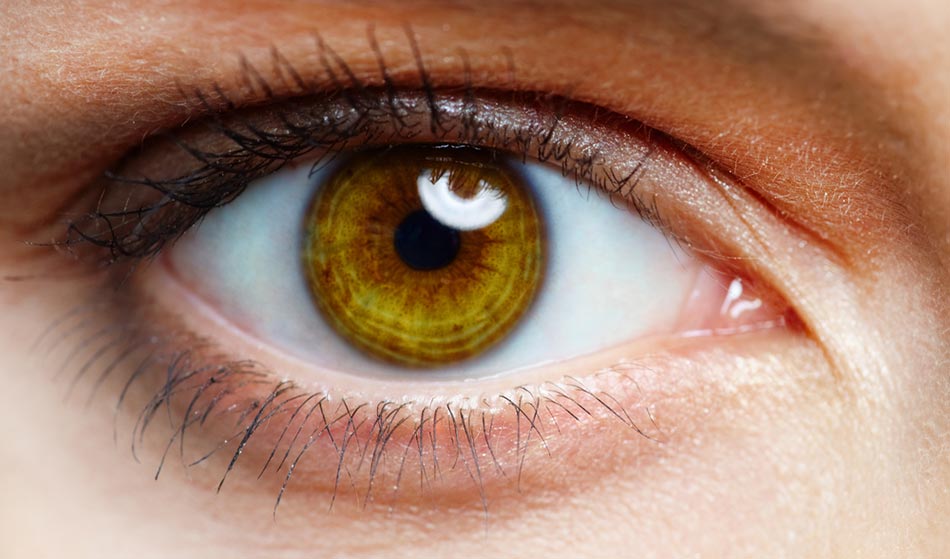
What is the endothelial count?
The endothelial count consists in the evaluation of the deepest layer of cells of the cornea, the corneal endothelium, essential for the health and transparency of the cornea
What is the endothelial count used for?
The endothelial count is used to study the cells that form the corneal endothelium by examining their vitality, density, shape, size and variability.
Interpretation of the collected data makes it possible to verify the state of health and the efficiency of these cells both in view of surgical interventions, in order to prepare additional protective actions, and in order to prevent and counteract the pathologies affecting the cornea (because disease of this layer of cells causes the cornea to lose transparency).
Which patients can take the test?
Everyone can undergo an endothelial count, at all ages, including children, provided they are able to guarantee acceptable collaboration, following the doctor’s instructions (illustrated in the paragraph “How does it work?”).
It is an examination particularly indicated in all subjects who know they are at risk for corneal endothelial diseases, in contact lens wearers, in patients who have to undergo intraocular surgery (cataract, glaucoma, cross-linking, corneal transplant) or in refractive surgery and in patients with corneal diseases.
Is the endothelial count painful or dangerous?
The endothelial count is a non-invasive test, i.e. it does not violate the patient’s safety.
How does the endothelial count work?
Performing an endothelial count consists in photographing the innermost surface of the cornea with a computerized camera.
The patient, seated on a stool with forehead and chin resting on special structures, must stare at a light source for a few seconds.
In the meantime, a video camera takes a series of photographs of the cornea and a computer processes the information received based on the type of pathology under examination or the diagnostics required for each patient.
Read Also
Emergency Live Even More…Live: Download The New Free App Of Your Newspaper For IOS And Android
Ophthalmology: Causes, Symptoms And Treatment Of Astigmatism
Asthenopia, Causes And Remedies For Eye Fatigue
CBM Italy, CUAMM And CORDAID Build South Sudan’s First Paediatric Eye Department
Blepharoptosis: Getting To Know Eyelid Drooping
Lazy Eye: How To Recognise And Treat Amblyopia?
Amblyopia And Strabismus: What They Are And How They Affect A Child’s Life
Reddening Of The Eyes: What Diseases Are Linked To Eye Redness?
Red Eyes: What Can Be The Causes Of Conjunctival Hyperemia?
Autoimmune Diseases: The Sand In The Eyes Of Sjögren’s Syndrome
How To Prevent Dry Eyes During Winter: Tips
Corneal Abrasions And Foreign Bodies In The Eye: What To Do? Diagnosis And Treatment
Covid, A ‘Mask’ For The Eyes Thanks To Ozone Gel: An Ophthalmic Gel Under Study
Dry Eyes In Winter: What Causes Dry Eye In This Season?
What Is Aberrometry? Discovering The Aberrations Of The Eye
Stye Or Chalazion? The Differences Between These Two Eye Diseases
Eye For Health: Cataract Surgery With Intraocular Lenses To Correct Visual Defects
Cataract: Symptoms, Causes And Intervention
Inflammations Of The Eye: Uveitis
Corneal Keratoconus, Corneal Cross-Linking UVA Treatment
Myopia: What It Is And How To Treat It
Presbyopia: What Are The Symptoms And How To Correct It
What Is The Computerised Visual Field Test?
Let’s Not Lose Sight Of It: Astigmatism


